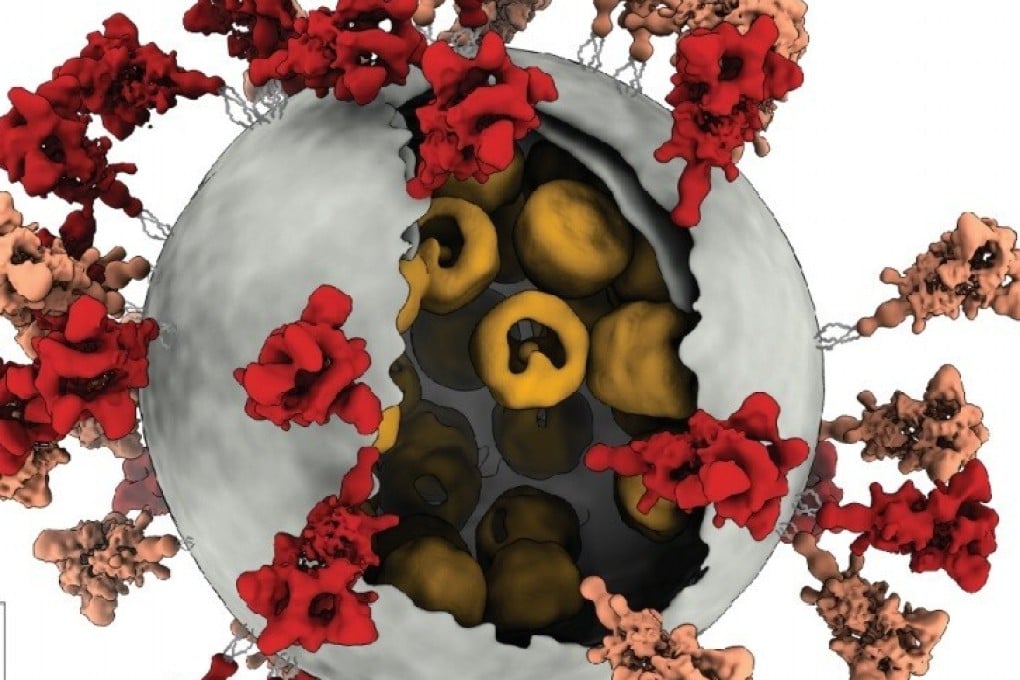Advertisement
Coronavirus: ‘silent spreaders’, dummy particles and why some coronavirus carriers are asymptomatic
- Chinese researchers say unknown particles released by the pathogen could be causing some people to test positive
- Fewer spike proteins on virus also allows for better binding with human cells, study finds
Reading Time:3 minutes
Why you can trust SCMP

The coronavirus may be producing defective “dummy” particles, causing some people without symptoms to test positive for the pathogen, according to a study by Chinese scientists.
About 20 per cent of coronavirus cases are asymptomatic and some researchers are concerned that these “silent spreaders” are sowing seeds for outbreaks around the world.
In one case, a patient in the southwestern Chinese city of Chongqing tested positive throughout a 45-day hospital stay without any sign of illness.
Advertisement
It is not known why some people do not show symptoms but new research suggests that these cases need not be cause for great concern.
In a non-peer-reviewed paper posted in the preprint platform bioRxiv.org on Thursday, researchers led by Professor Li Lanjuan from the State Key Laboratory for Diagnosis and Treatment of infectious Diseases at Zhejiang University found that a cell infected by the virus could release a large number of unknown particles.
Advertisement
Advertisement
Select Voice
Choose your listening speed
Get through articles 2x faster
1.25x
250 WPM
Slow
Average
Fast
1.25x